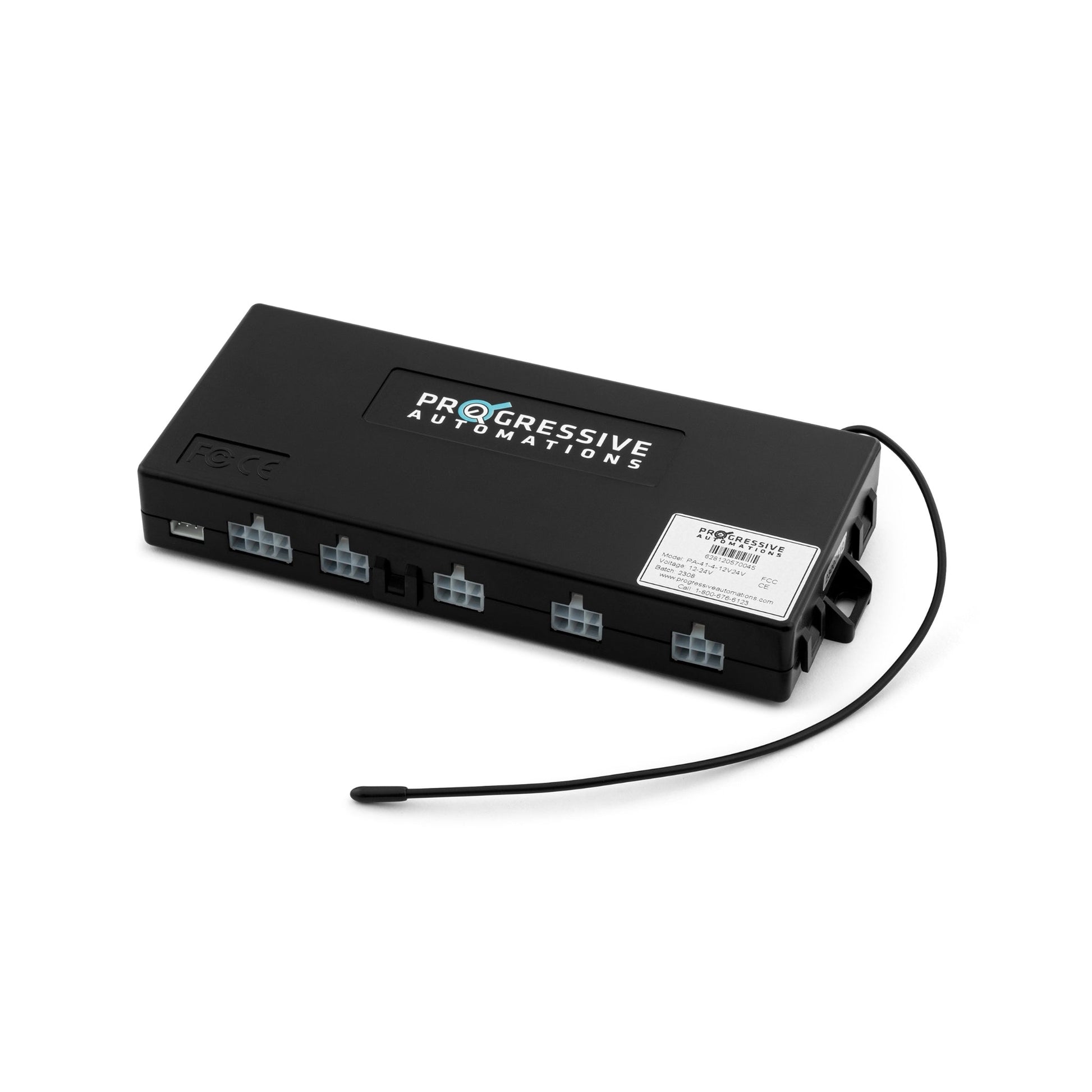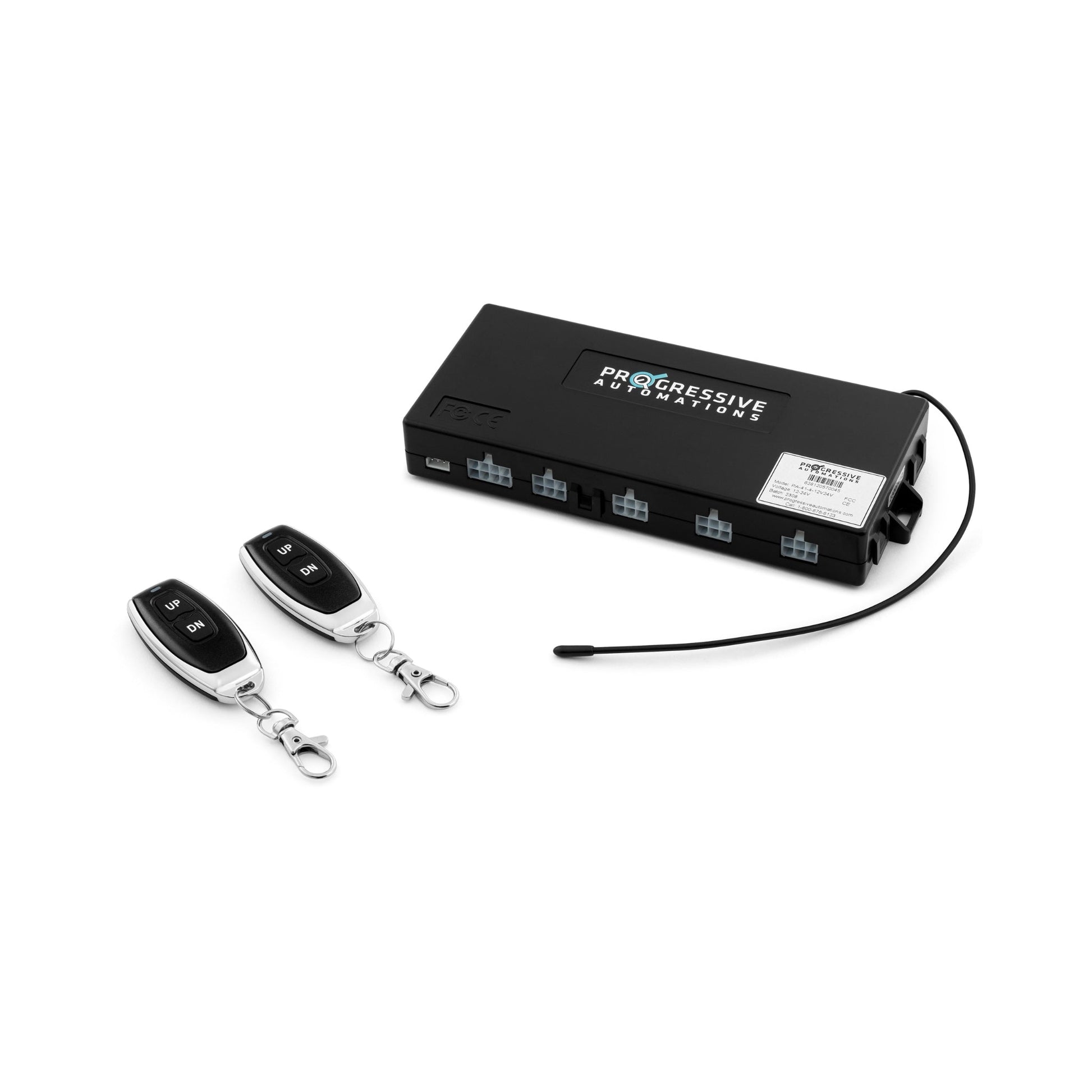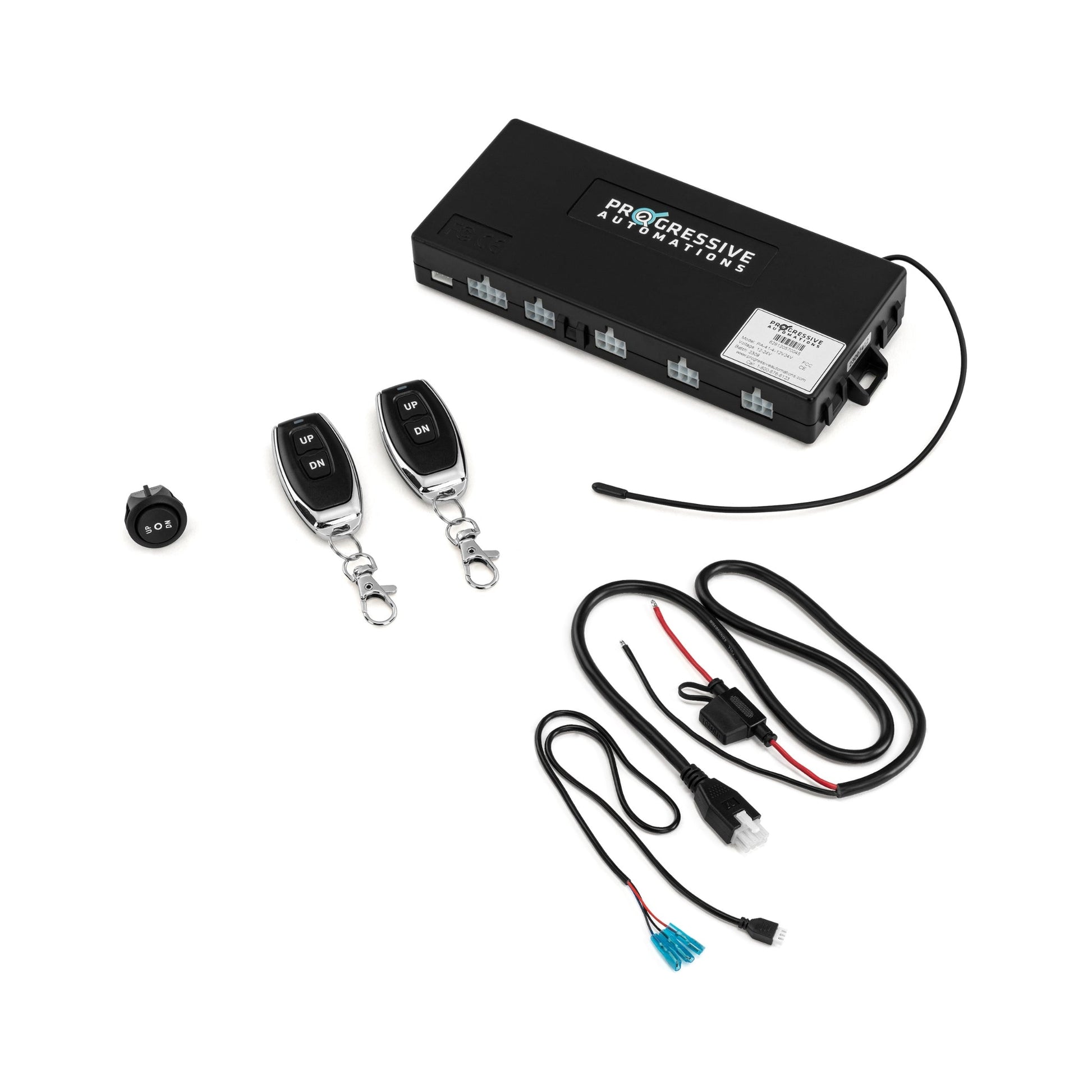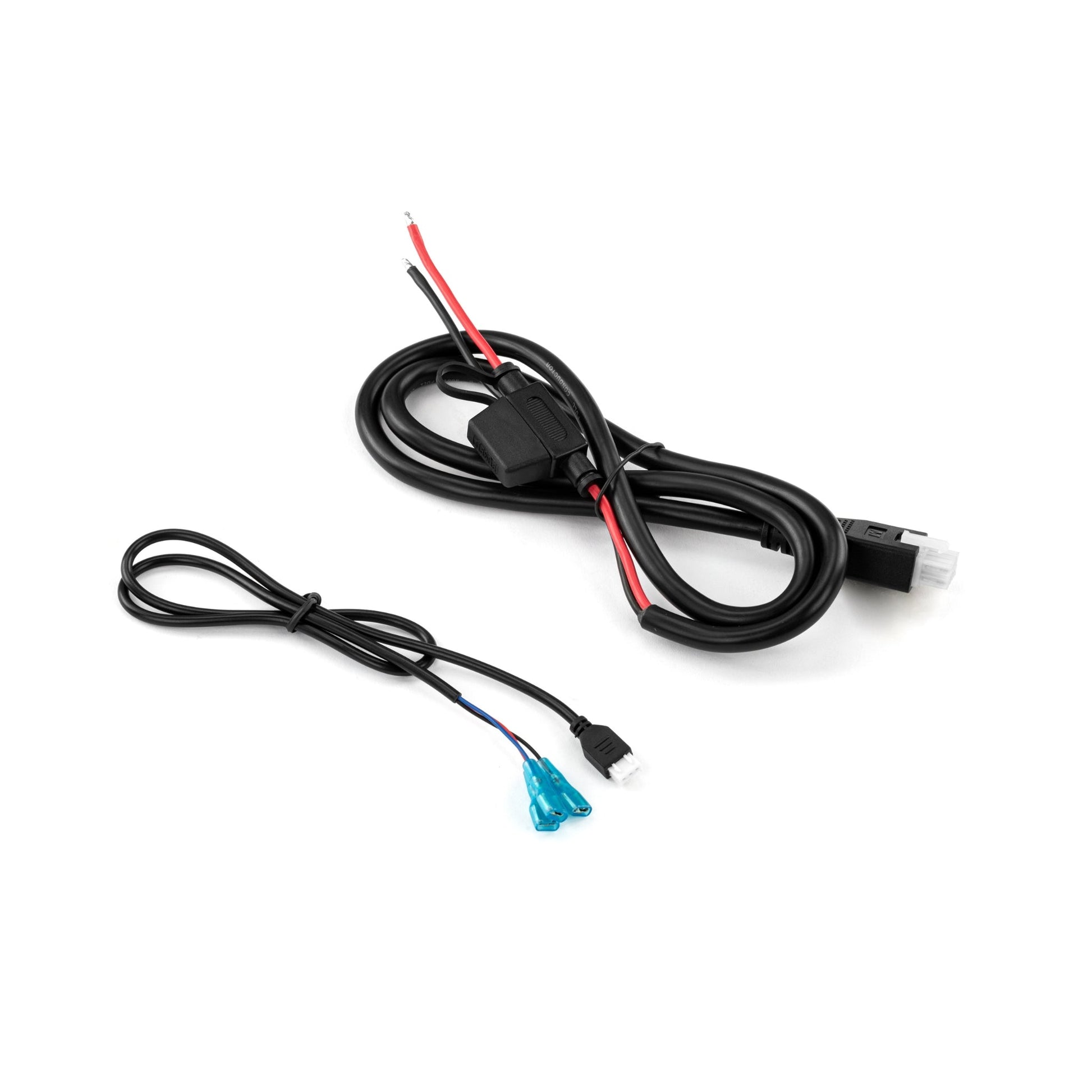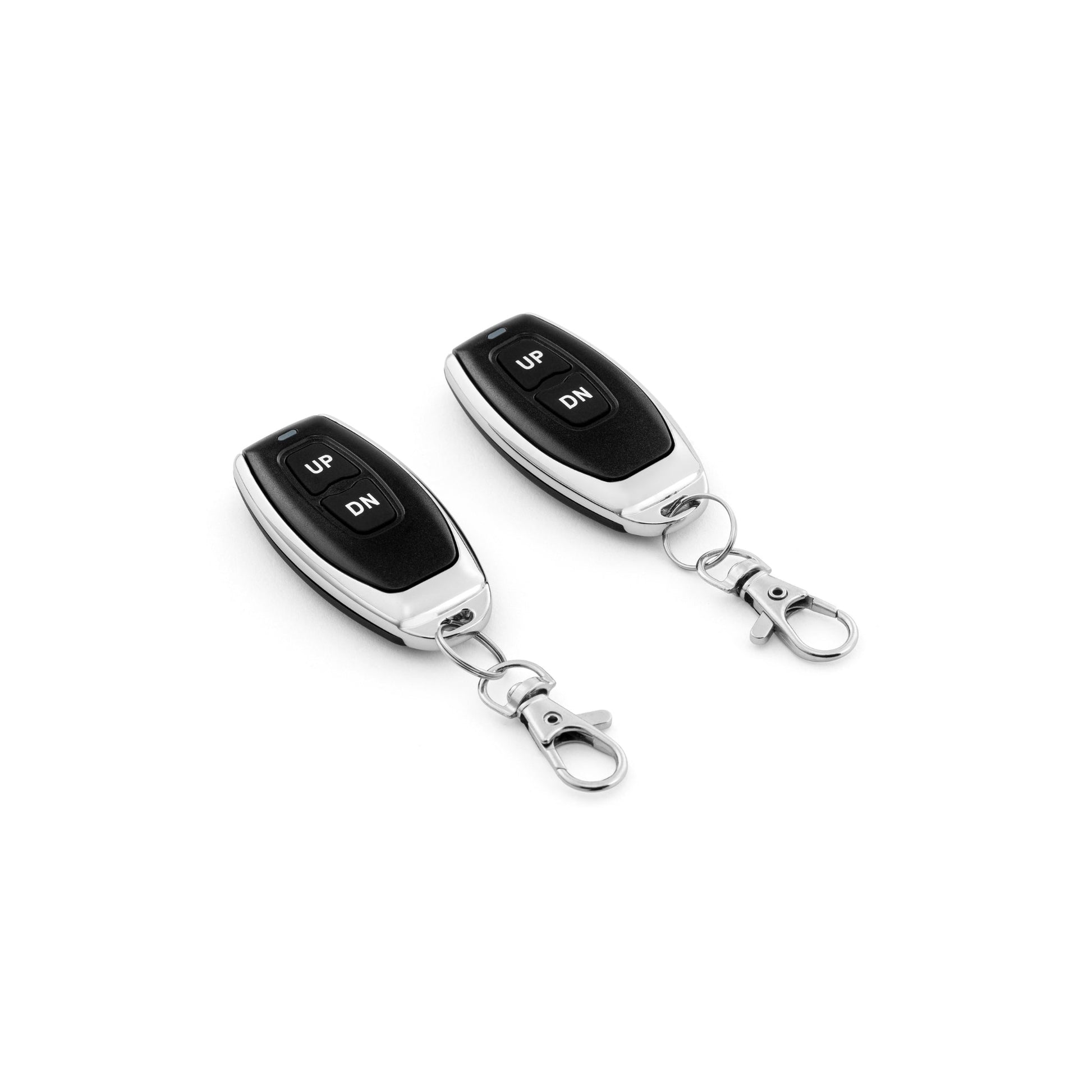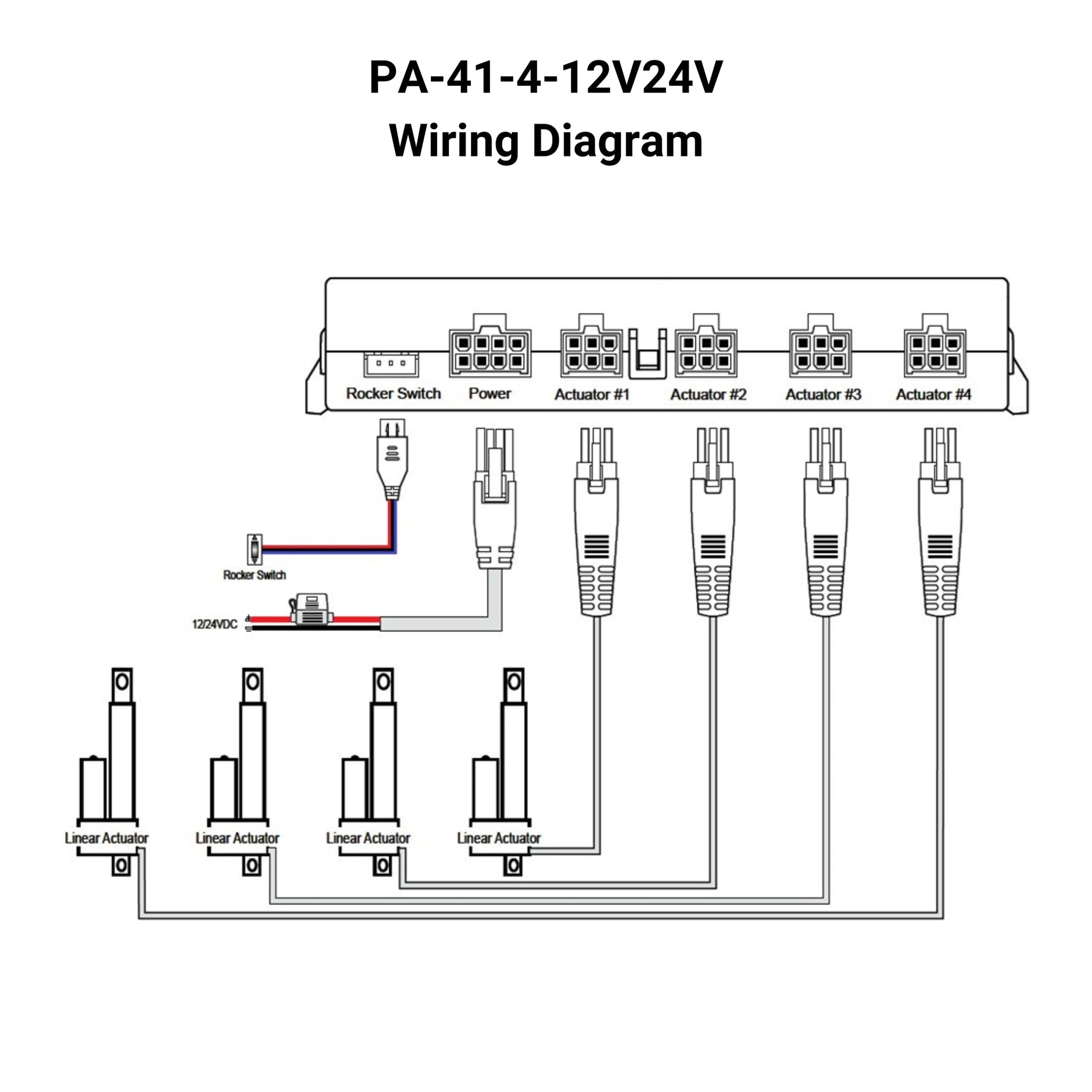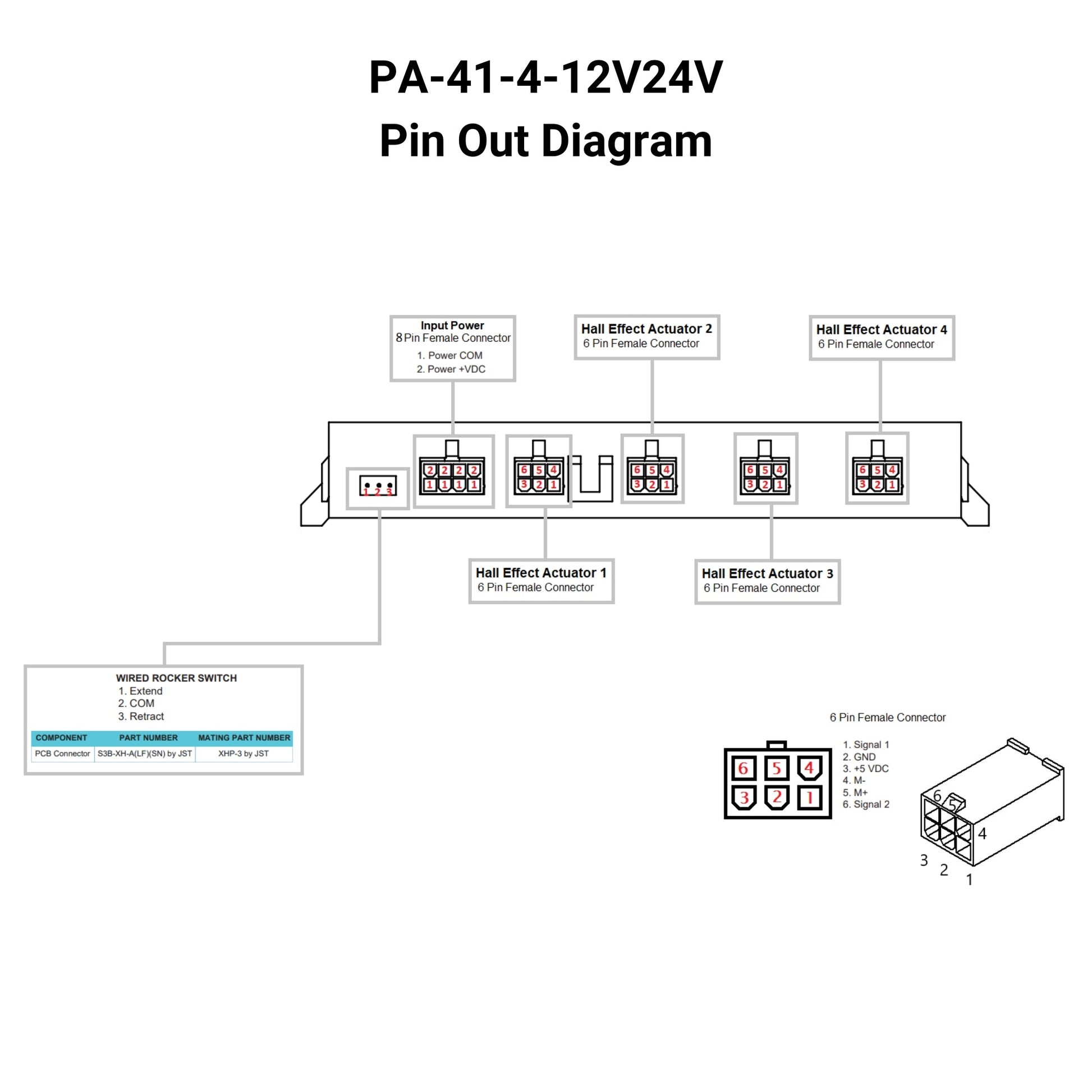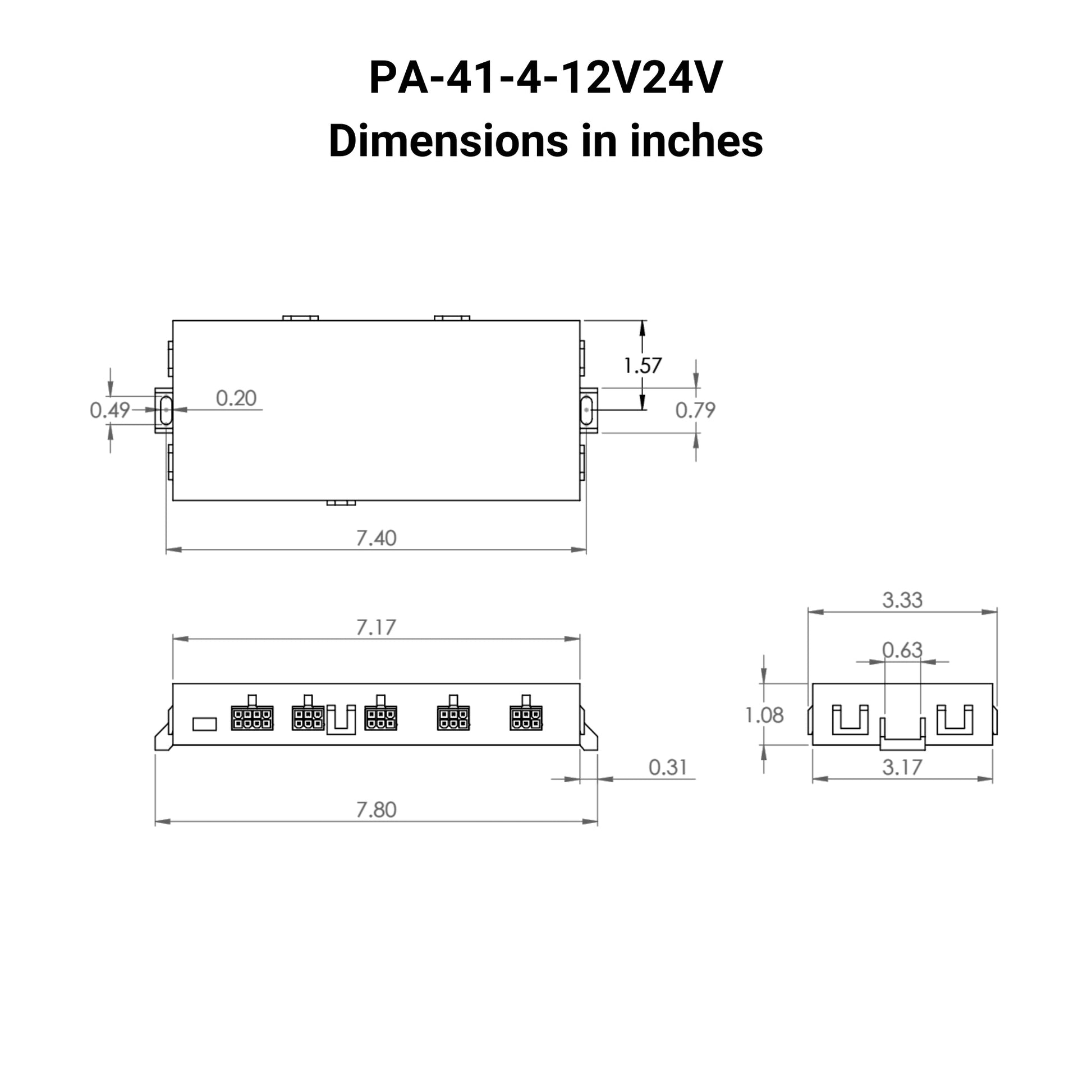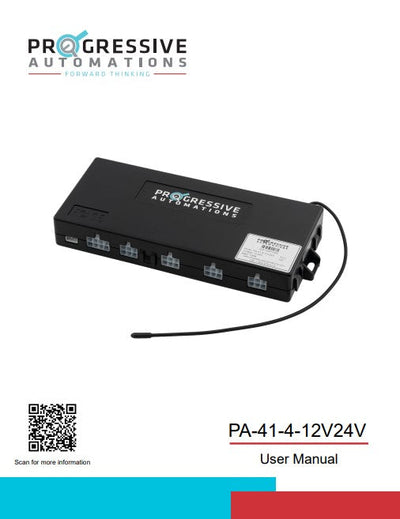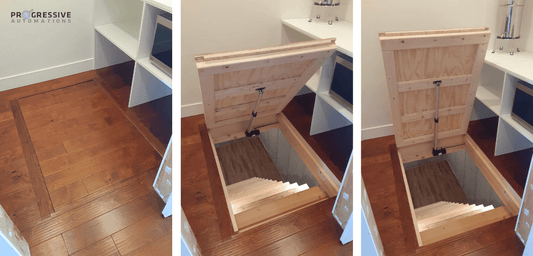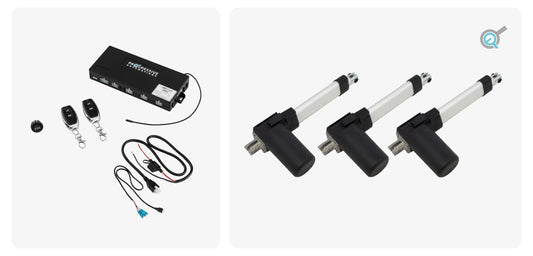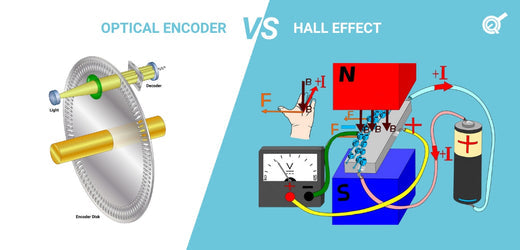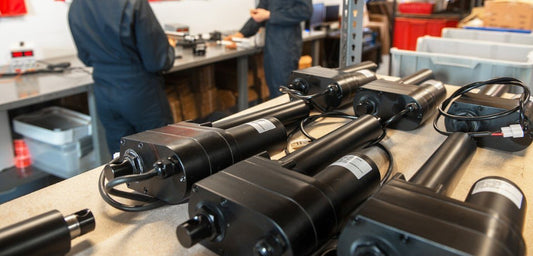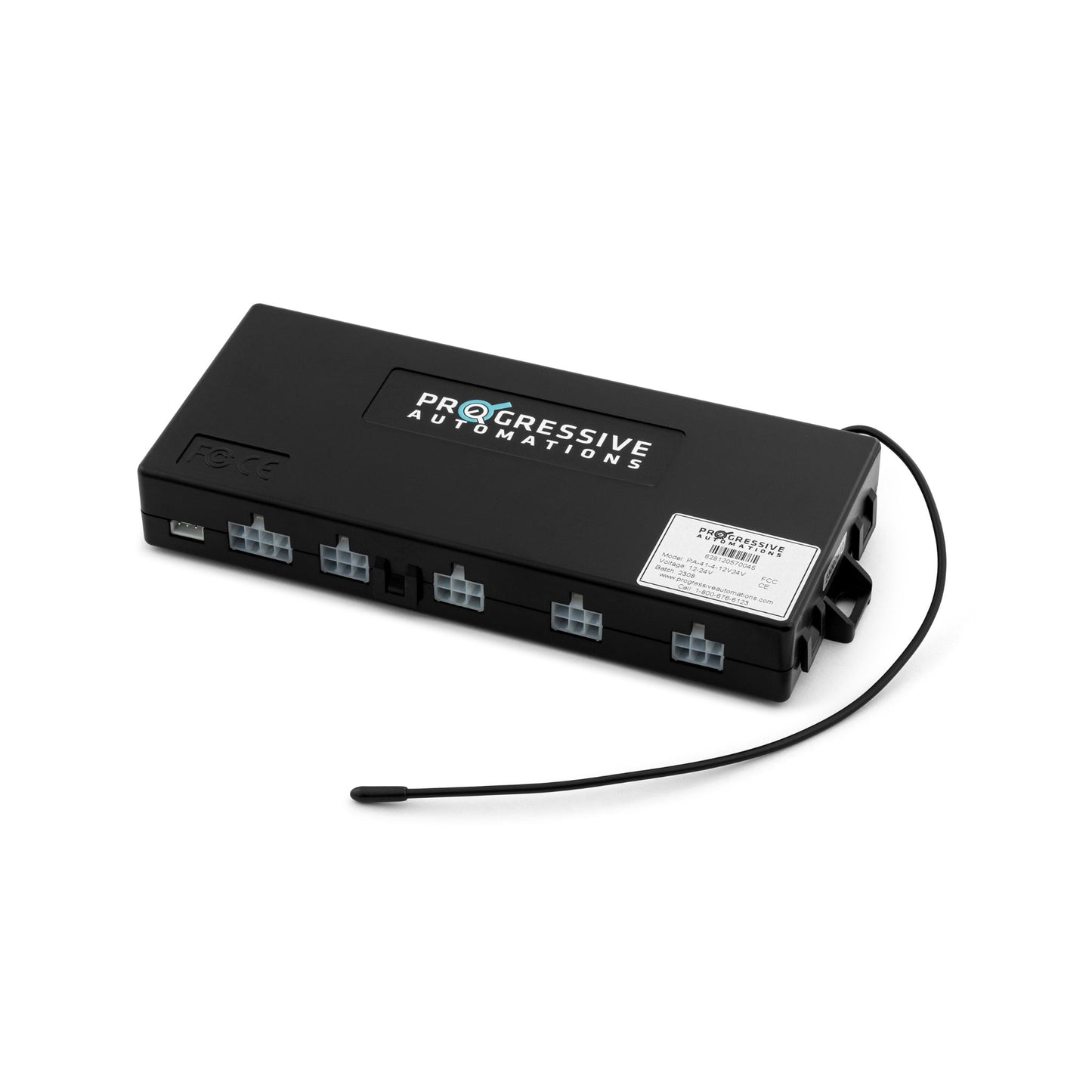
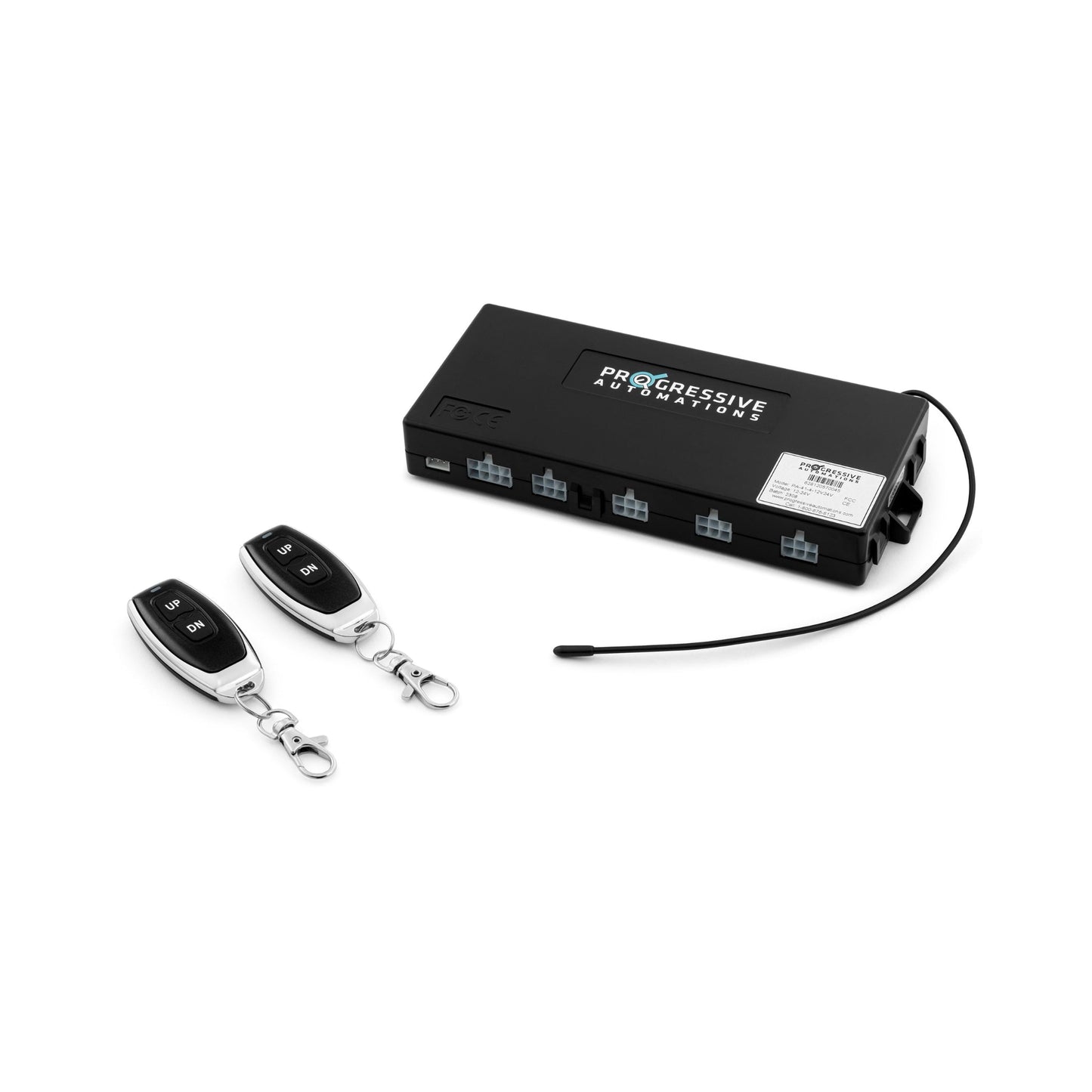
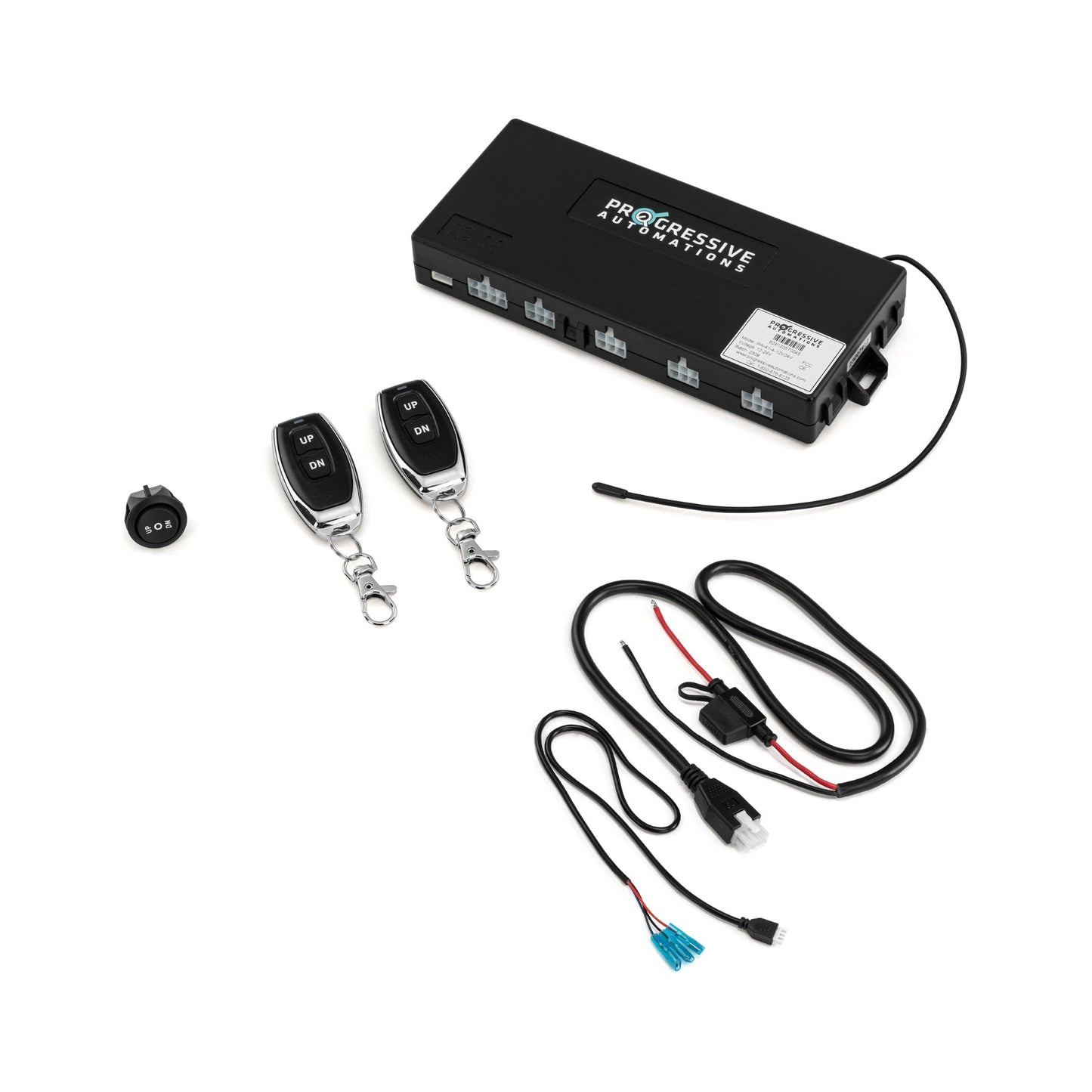
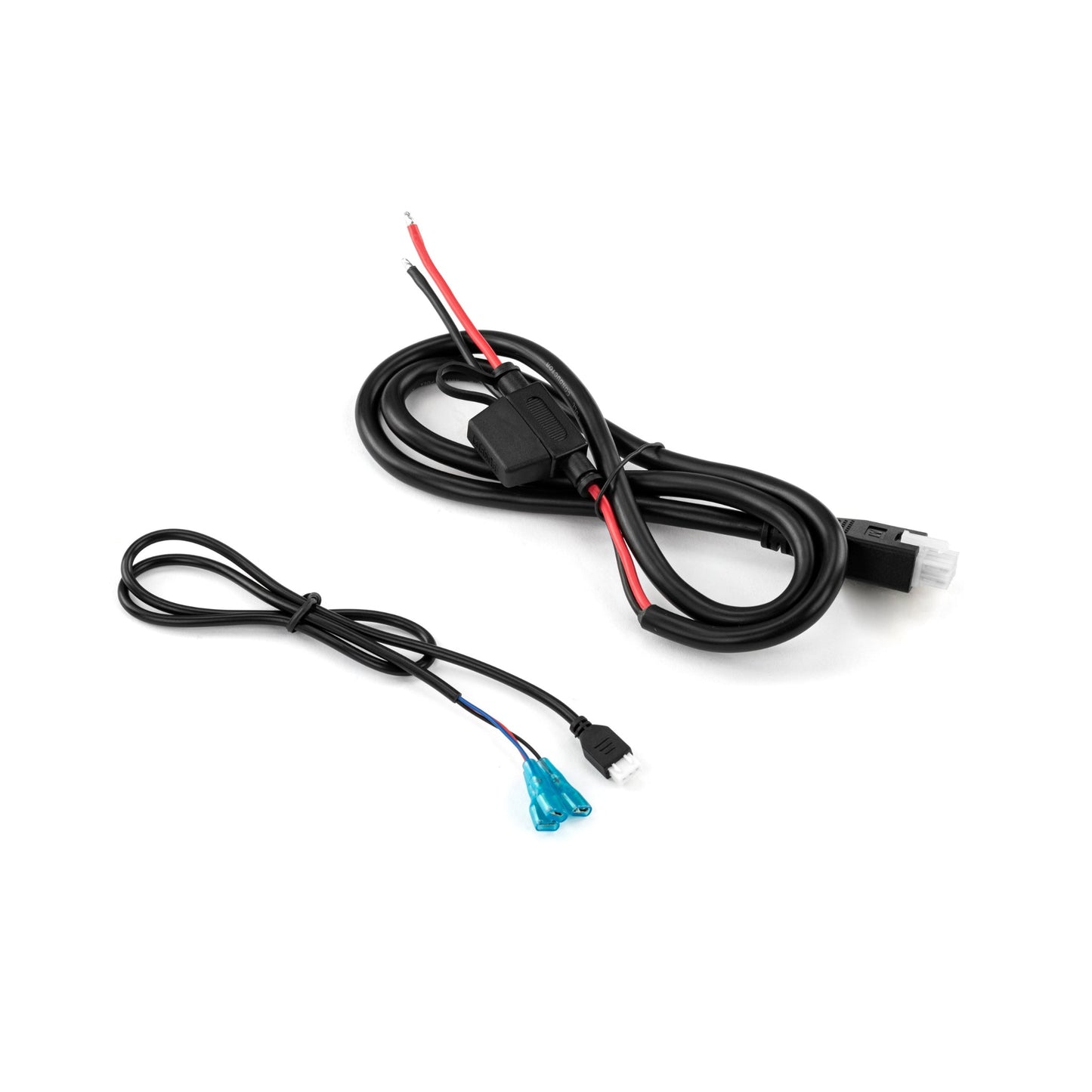
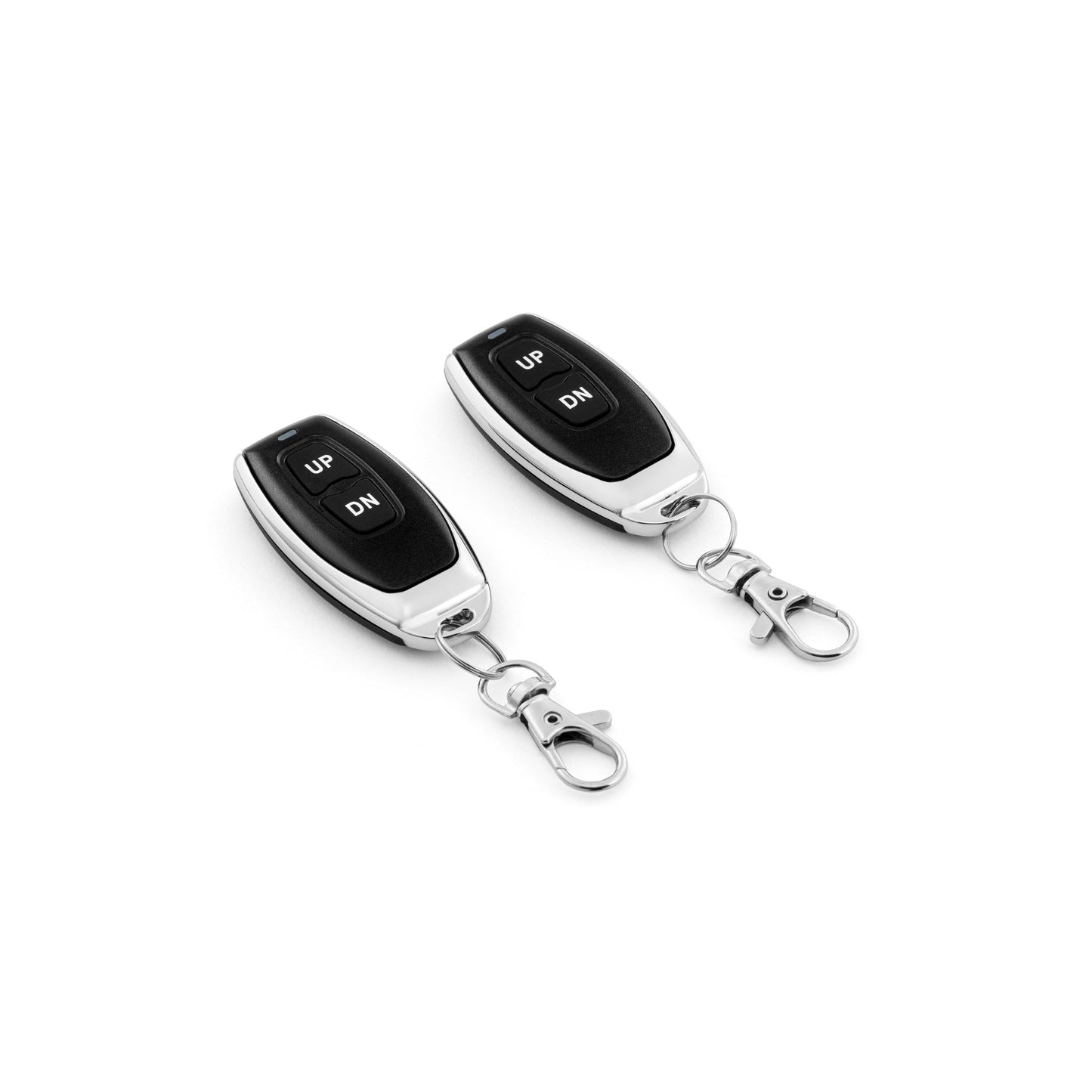
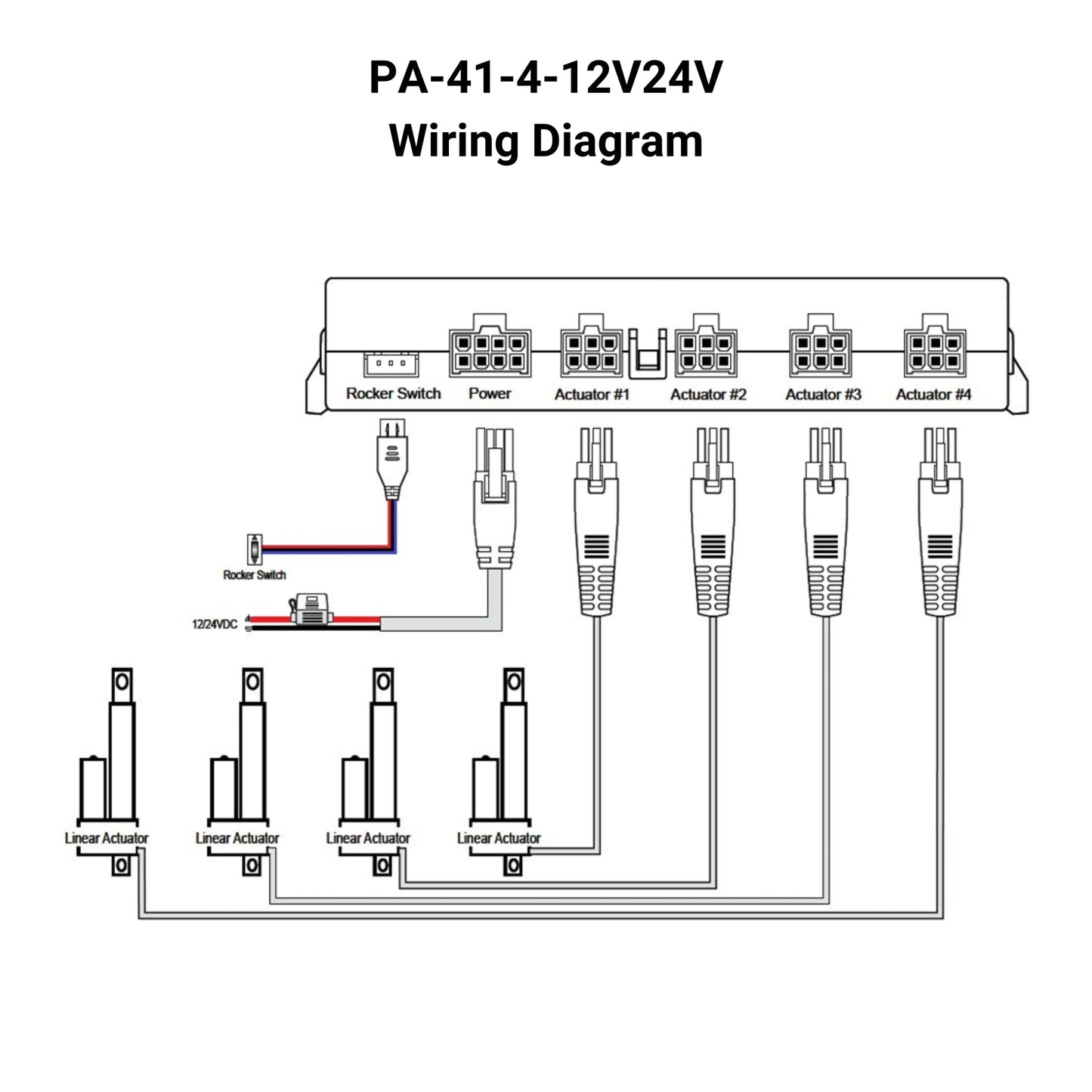
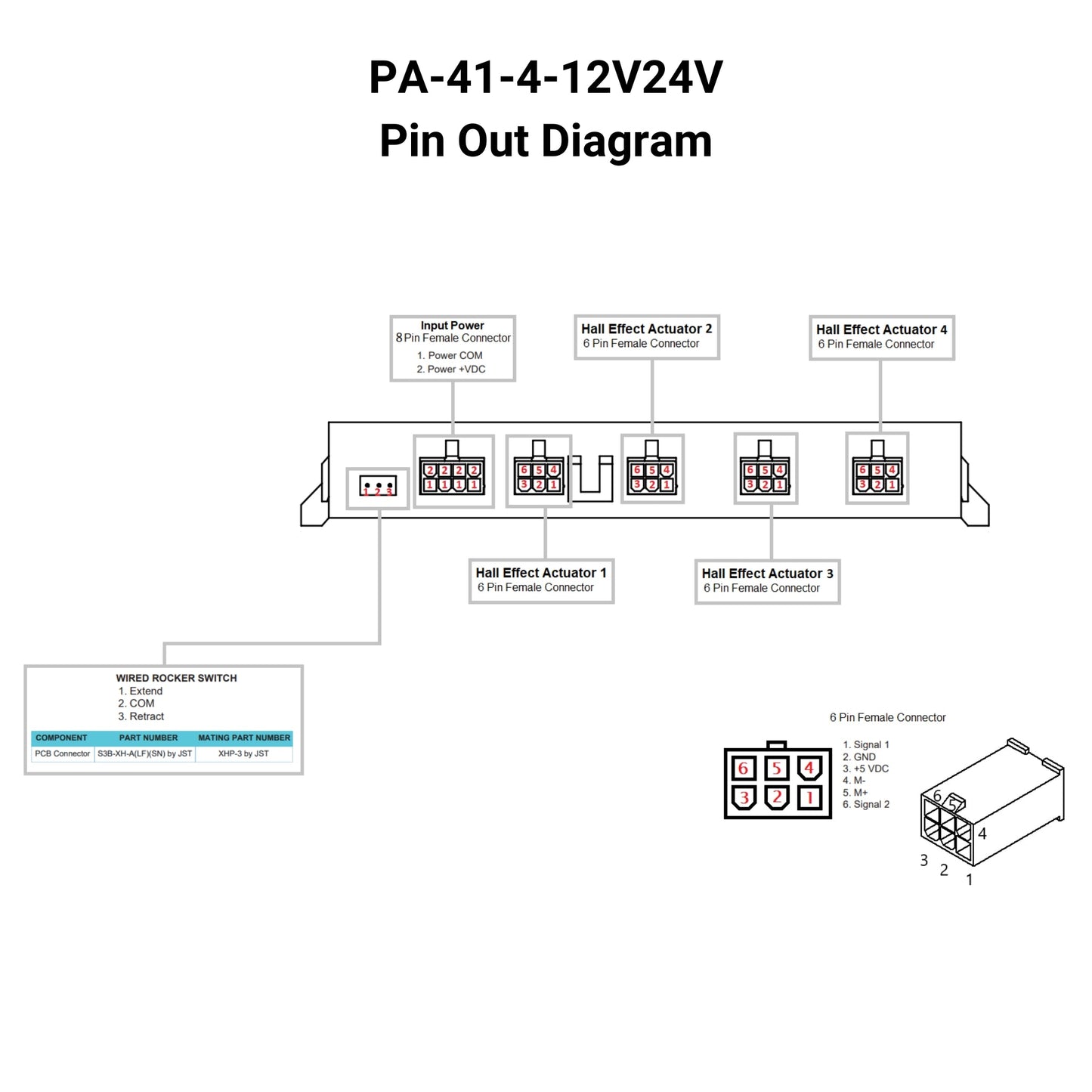
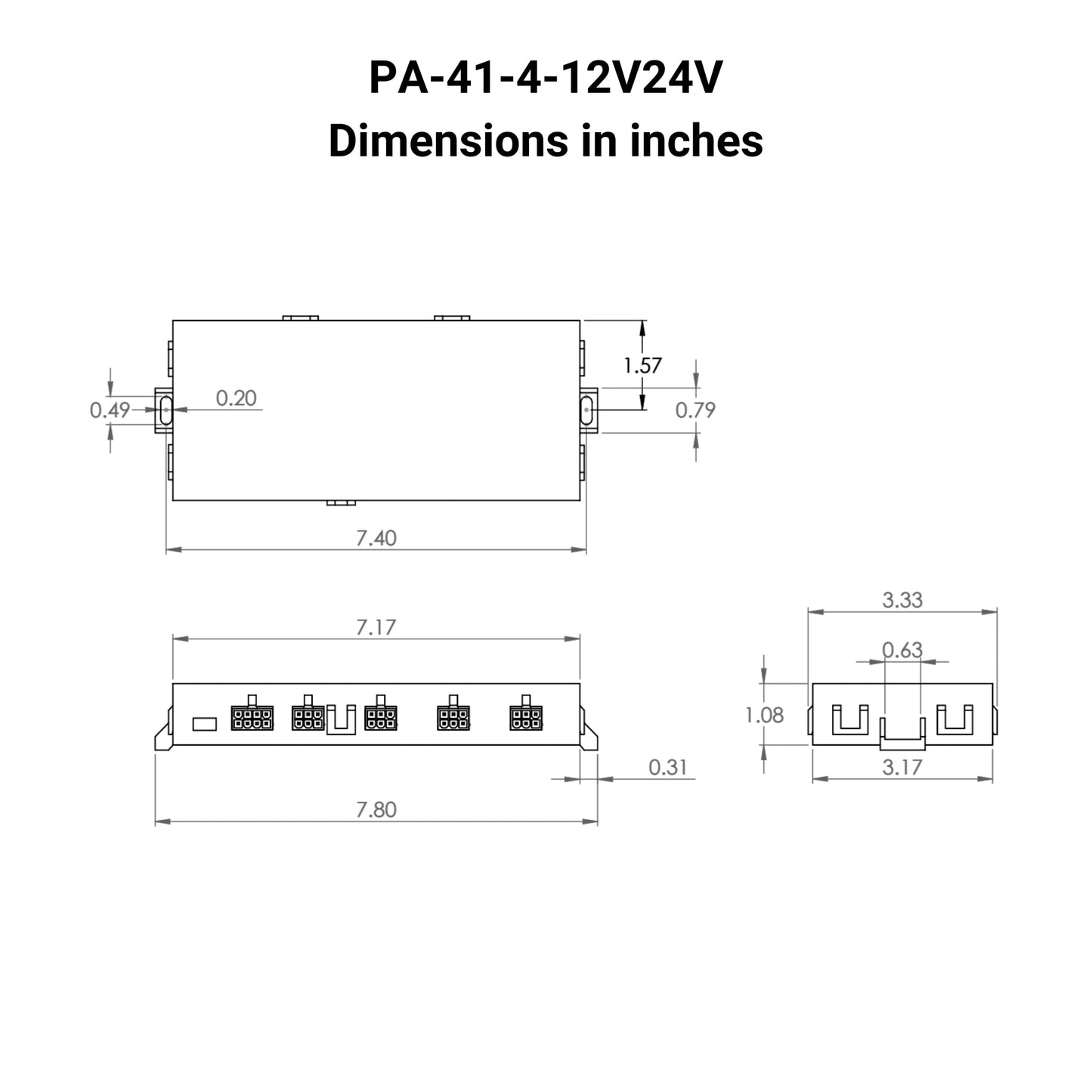
PA-41-4-12V24V Specifications
The PA-41-4-12V24 control box allows for synchronous control of four linear actuators with hall effect feedback. We’ve specifically designed this unit to overcome common challenges found in many wireless actuator control box solutions with hall effect feedback, such as:
- Easy Setup: Plug-n-play connections with the included wire harness allow for fast and simple wiring to your system.
- Hand Remotes: Included in each kit are two hand remotes for flexibility in controlling your system with a spare backup or using multiple remotes in different places at the same time.
- Electrical Protection: The PA-41-4-12V24 control box is designed with safety features such as the included in-line fuse for short circuit protection.
Key Benefits and Features of the PA-41-4-12V24
- Voltage Compatibility: The 12-24 VDC input and output voltage operation allows compatibility with a wide range of actuators and power supplies.
- 4 Hall Effect Control: 4 matching hall effect actuators can be simultaneously controlled to travel together synchronously.
- Current Draw: The PA-41-4-12V24 control box has each channel rated for 5A at 24VDC and 6.25A at 12VDC.
- Versatile Control: Supports both momentary and non-momentary operation modes to accommodate different user preferences.
- Wireless Remote: Using the RF remote provided, users have the ability to extend, stop, and retract their actuators from up to 30.48m away (open air).
PA-41-4-12V24V Specifications
The PA-41-4-12V24 control box allows for synchronous control of four linear actuators with hall effect feedback. We’ve specifically designed this unit to overcome common challenges found in many wireless actuator control box solutions with hall effect feedback, such as:
- Easy Setup: Plug-n-play connections with the included wire harness allow for fast and simple wiring to your system.
- Hand Remotes: Included in each kit are two hand remotes for flexibility in controlling your system with a spare backup or using multiple remotes in different places at the same time.
- Electrical Protection: The PA-41-4-12V24 control box is designed with safety features such as the included in-line fuse for short circuit protection.
Key Benefits and Features of the PA-41-4-12V24
- Voltage Compatibility: The 12-24 VDC input and output voltage operation allows compatibility with a wide range of actuators and power supplies.
- 4 Hall Effect Control: 4 matching hall effect actuators can be simultaneously controlled to travel together synchronously.
- Current Draw: The PA-41-4-12V24 control box has each channel rated for 5A at 24VDC and 6.25A at 12VDC.
- Versatile Control: Supports both momentary and non-momentary operation modes to accommodate different user preferences.
- Wireless Remote: Using the RF remote provided, users have the ability to extend, stop, and retract their actuators from up to 30.48m away (open air).
Following a set of standards is crucial for businesses to ensure their products and services can meet a level of quality that promotes customer satisfaction. At Progressive Automations, we aim for nothing but the best for our customers and strive toward continual improvements. Because of this, we are excited to announce that Progressive Automations is now ISO 9001:2015 certified!
Quality You Can Trust – Learn MoreVideos
Related blog articles:
